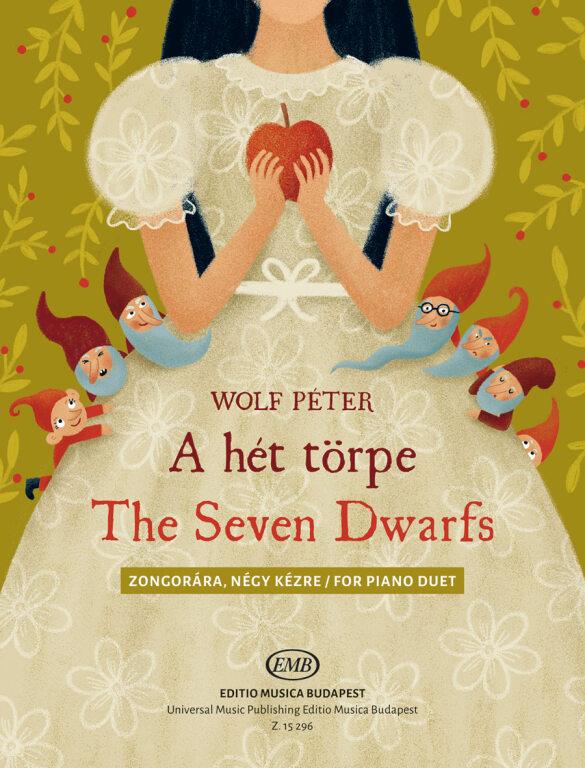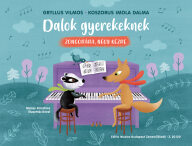Music Education Blog
Wolf Péter új kottái gyerekeknek
A Wolf-temperiertes Klavier három kötetének nagy sikere után (amelyek közül az utolsó, az Invenciók fiatal zongoristáknak kifejezetten gyerekek számára készült) megjelent A hét törpe című zongora négykezes kiadvány.
A gyűjtemény hét humoros, jazzes harmóniákkal és ritmusokkal teli darabot tartalmaz, amelyek Primo szólamát már a 3–4. osztályos zeneiskolások is könnyedén eljátszhatják. A Secondo szólamok nehezebbek, így azok a zongoratanárok vagy az idősebb, haladó szintű tanulók számára alkalmasak.
Hamarosan megjelenik Wolf Péter egyik legismertebb rajzfilmzenéjének, a Vuk főcímdalának kottája két kiadványban. A szerző maga írta át a művet két változatra: az egyiket fuvolára, oboára, hegedűre vagy gitárra és zongorára hangszerelte, a másikat klarinétra, szopránszaxofonra vagy trombitára és zongorára.
Embrace music
Embrace Music — That is the motto we have adopted this year. In other words, we want to help you to make music an integral part of your life.
Music is all around us these days; it stimulates us more intensely and prevalently than ever before. But do we relate to it passively or actively? Are we merely consumers or makers of music as well?
We at EMB know that making music brings joy. That joy is multiplied and shared by playing to others. What’s more, making music develops individual values, such as concentration, openness, sensitivity, collaboration, and concern for others.
Our aim is to allow as many people of all ages to experience the wonder and value of music.
Faces of contemporary music in music education
One of the gems of Editio Musica Budapest is its increasingly expanding series of piano pieces by György Kurtág entitled Games. Now the EMB catalogue is being enriched with two new related publications: János Bali’s exciting and inspiring work, Introduction to the Avant-garde for Recorder Players, and György Orbán’s two-volume, completely individual Aulos: Piano Pieces for Advanced Players to Practise Polyphony.
Beyond their basic differences (range, instruments, and target audience), the three works share common features, for example, an intensive connection with the music of the past and the stress on improvised elements, but most of all, going far beyond any educational aim, they enrich the repertoire of contemporary music with significant, exciting, unmistakeably unique-sounding compositions.
 Deutsch
Deutsch English
English Español
Español Français
Français Magyar
Magyar Polski
Polski Română
Română Slovenský
Slovenský 中文
中文











